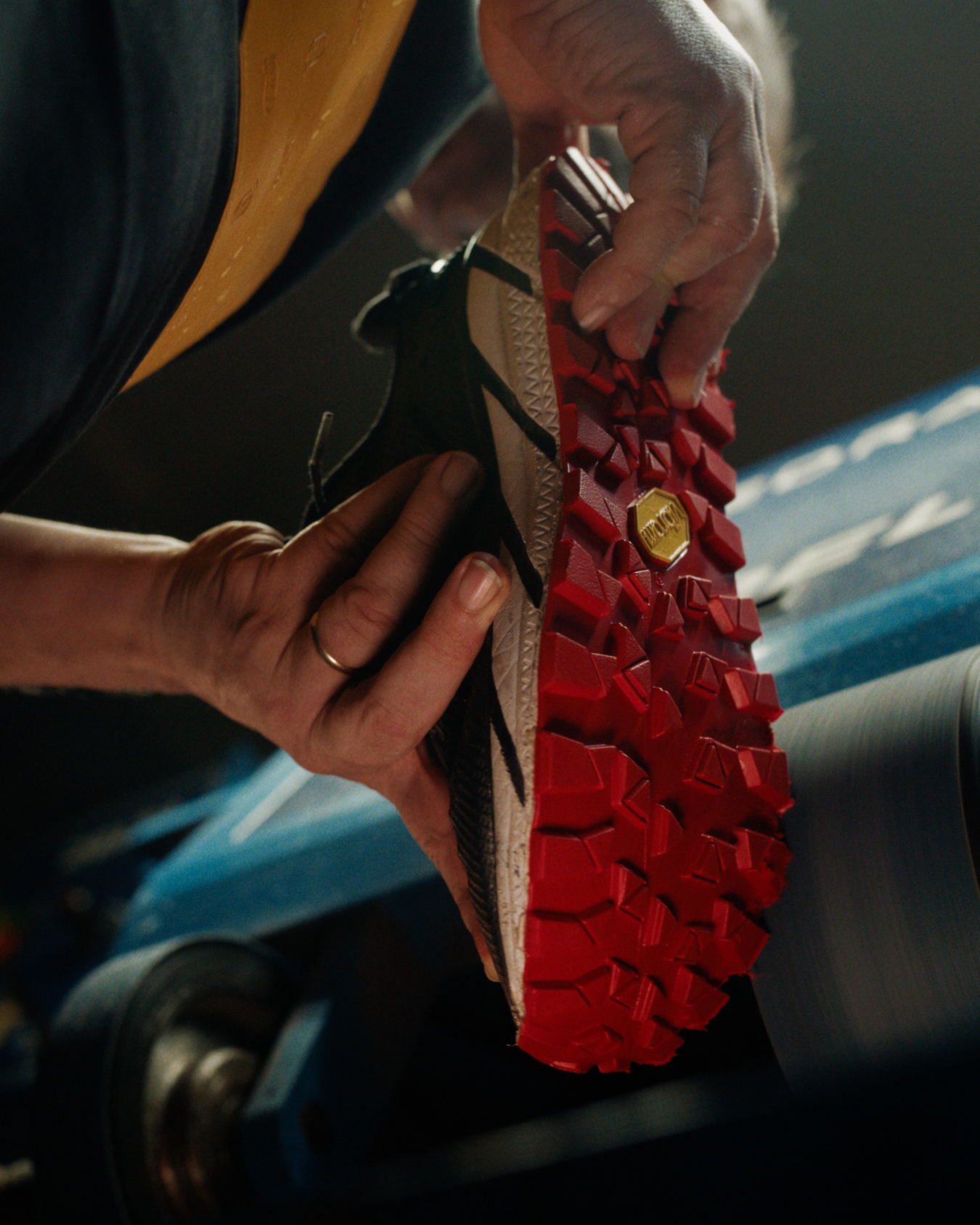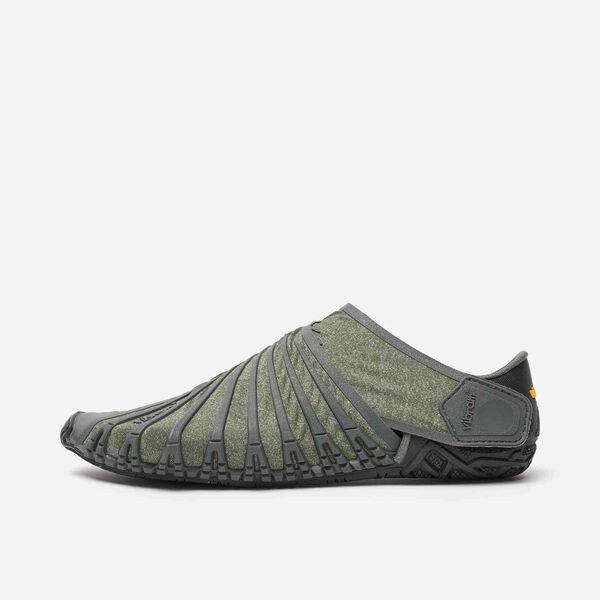.png)

.png)
.png)
.png)
.png)
-
![]()
![]()
- The high performance rubber compound that offers unparalleled grip properties on both dry and wet terrains.
-
-
![]()
![]()
- Vibram Traction Lug is the innovative, new design concept that focuses on the key element in traction - the shape of the lug.
-











